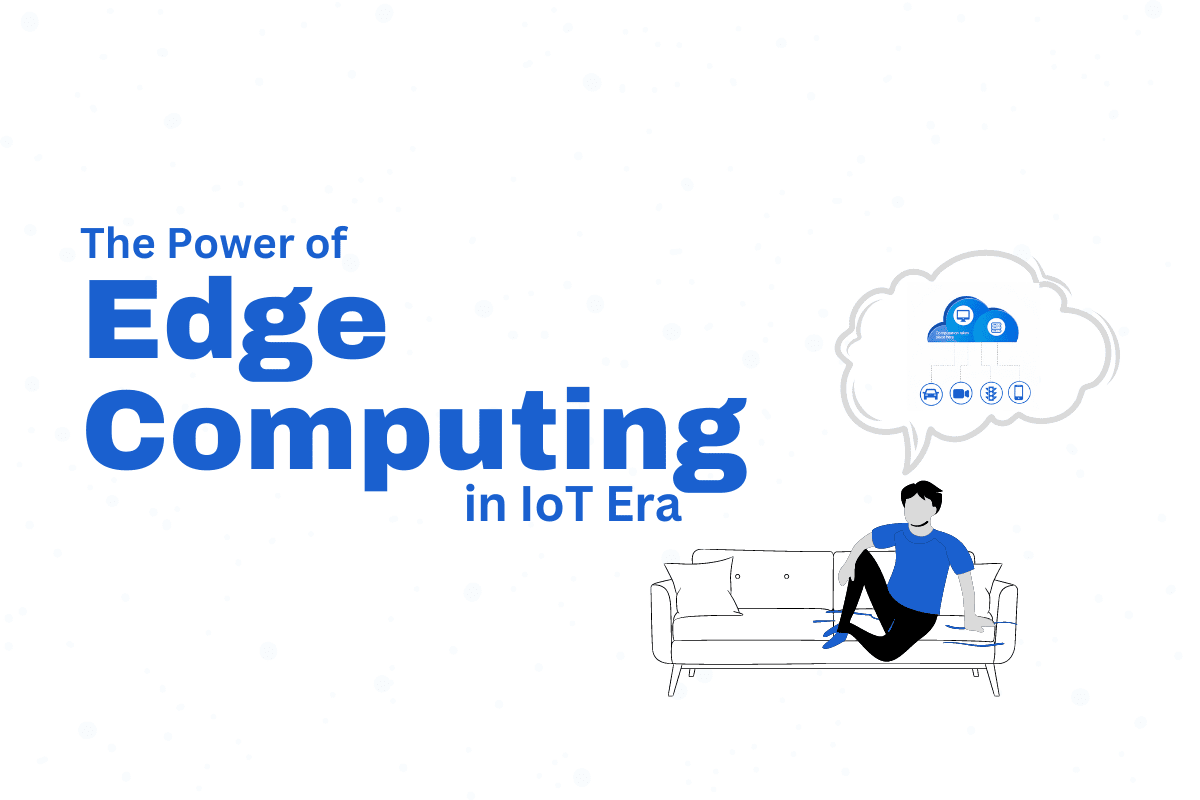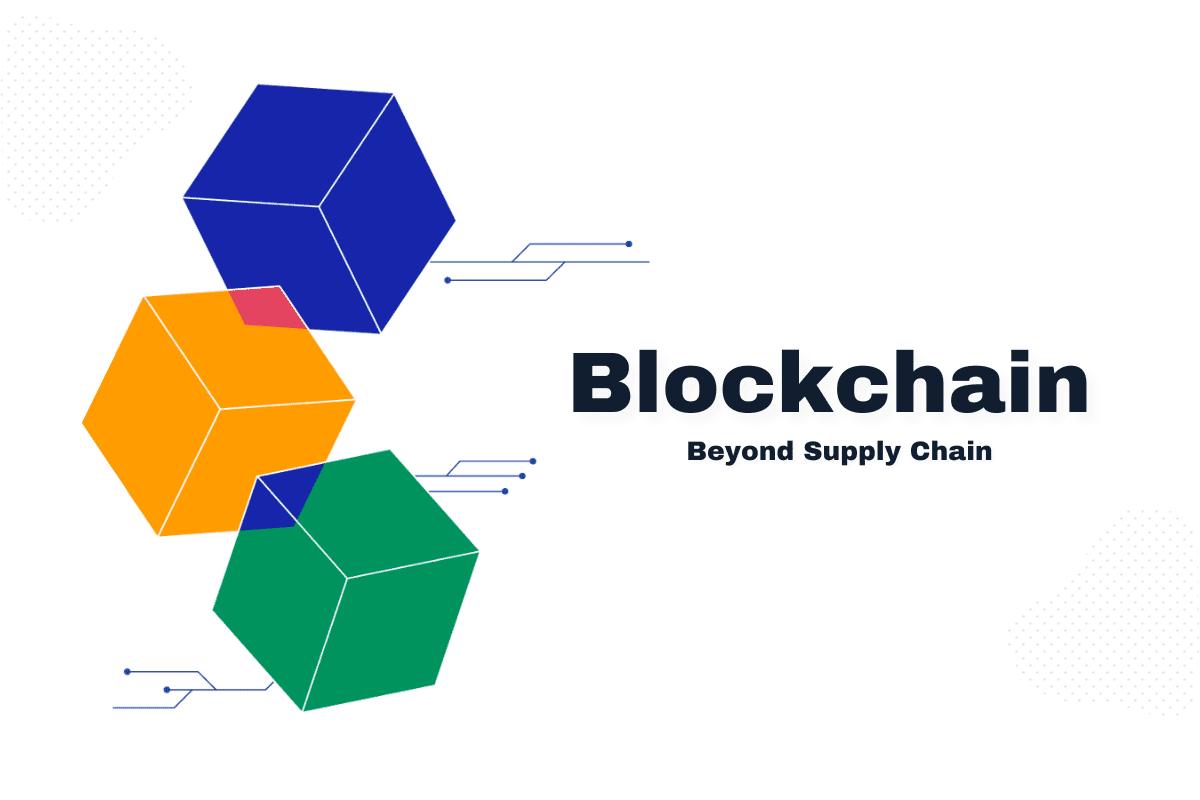Introduction: As the world of medical training evolves, virtual reality (VR) technology has emerged as a powerful tool, revolutionizing how healthcare professionals learn and refine their skills. In this comprehensive guide, we will take you on a journey through the process of building a unique and immersive virtual reality application explicitly designed for medical training. By following our step-by-step approach, you will be empowered to create a captivating training tool that not only educates but truly engages both learners and patients alike.
Section 1: Unveiling the Advantages of Virtual Reality in Medical Training
1.1 Unlocking the Power of Immersive Learning:
- Dive into the realm of VR, where learners are transported into realistic simulated environments.
- Explore unparalleled opportunities for experiential learning and knowledge retention.
1.2 Elevating Medical Training Outcomes:
- Discover how VR can revolutionize medical training by offering a safe space for practicing complex procedures.
- Embrace the potential for enhanced collaboration and communication among healthcare professionals.
Section 2: Strategizing and Crafting the VR Experience
2.1 Charting the Course: Setting Clear Training Objectives and Goals:
- Define precise learning objectives and outline the targeted competencies to be mastered.
- Establish measurable goals that align with desired learning outcomes.
2.2 Orchestrating the User Experience Symphony:
- Deeply understand the needs, preferences, and challenges faced by the intended audience.
- Curate a seamless and intuitive user experience that immerses learners in the virtual environment.
2.3 Designing Captivating Virtual Realms:
- Unleash your creativity to craft visually stunning and authentic virtual environments.
- Create dynamic scenarios that challenge learners and offer a broad range of medical situations.
Section 3: Building the Foundation: Developing the VR Application
3.1 Selecting the Perfect Ensemble: Hardware and Software Considerations:
- Navigate the array of VR hardware options, ensuring compatibility and optimal performance.
- Explore software tools and frameworks that enable the creation of immersive VR experiences.
3.2 Sculpting Realism: Creating Exquisite 3D Models and Assets:
- Master the art of developing lifelike 3D models of medical equipment and anatomical structures.
- Enrich the virtual environment with meticulous attention to detail, lighting, and interactive elements.
3.3 Orchestrating Interactions and Controls:
- Craft seamless and intuitive user interactions, empowering learners to manipulate virtual objects with precision.
- Incorporate haptic feedback to amplify the sense of realism and immersion.
3.4 Amplifying Learning through Real-Time Feedback and Assessment:
- Implement robust feedback mechanisms that provide learners with immediate performance evaluations.
- Integrate comprehensive assessment features to track progress and identify areas for improvement.
Section 4: Perfecting the Symphony: Testing and Iteration
4.1 The Performance Encore: User Testing and Feedback Collection:
- Assemble a diverse group of healthcare professionals to test the VR application.
- Gather invaluable feedback on usability, realism, and overall effectiveness.
4.2 The Ongoing Crescendo: Iteration and Refinement:
- Analyze user feedback meticulously, identifying areas for improvement and addressing any shortcomings.
- Embrace a continuous improvement mindset, incorporating user suggestions to refine the VR application further.
Section 5: Taking Center Stage: Deployment and Distribution
5.1 Showcasing to the World: Platform Selection and Compatibility:
- Select the optimal platforms for deployment, ensuring compatibility with various VR headsets and devices.
- Adapt the VR application to provide a seamless experience across targeted platforms.
5.2 Welcoming the Audience: Accessibility and Usability Optimization:
- Cater to diverse user needs by implementing accessibility features that enhance usability for all.
- Conduct thorough testing on different devices, fine-tuning the application for optimal performance.
5.3 The Grand Premiere: Deployment and Support:
- Package and distribute the VR application through appropriate channels, enabling easy installation and updates.
- Offer comprehensive support and documentation to guide users through the deployment process.
Section 6: Harmonizing Excellence: Maintenance and Updates
6.1 Sustaining Brilliance: Performance Monitoring and Technical Troubleshooting:
- Establish proactive measures to monitor performance, promptly addressing any technical glitches.
- Stay abreast of software updates and compatibility requirements to ensure a seamless user experience.
6.2 The Symphony Evolves: Incorporating User Feedback for Continuous Refinement:
- Foster an environment of collaboration and feedback, encouraging users to contribute suggestions for further enhancements.
- Leverage user insights as catalysts for continuous improvement and evolution of the VR application.
Conclusion: Embarking on the journey to build a captivating virtual reality application for medical training requires a blend of creativity, technical expertise, and an unwavering commitment to excellence. By following our unique approach and infusing your creativity, you will craft a VR experience that not only educates but also captivates learners, setting the stage for a future where medical training is transformed and patient care is elevated to new heights. It’s time to embrace the extraordinary potential of virtual reality and compose a symphony of medical excellence.
Read more: How To Build a Decentralized Blockchain App




